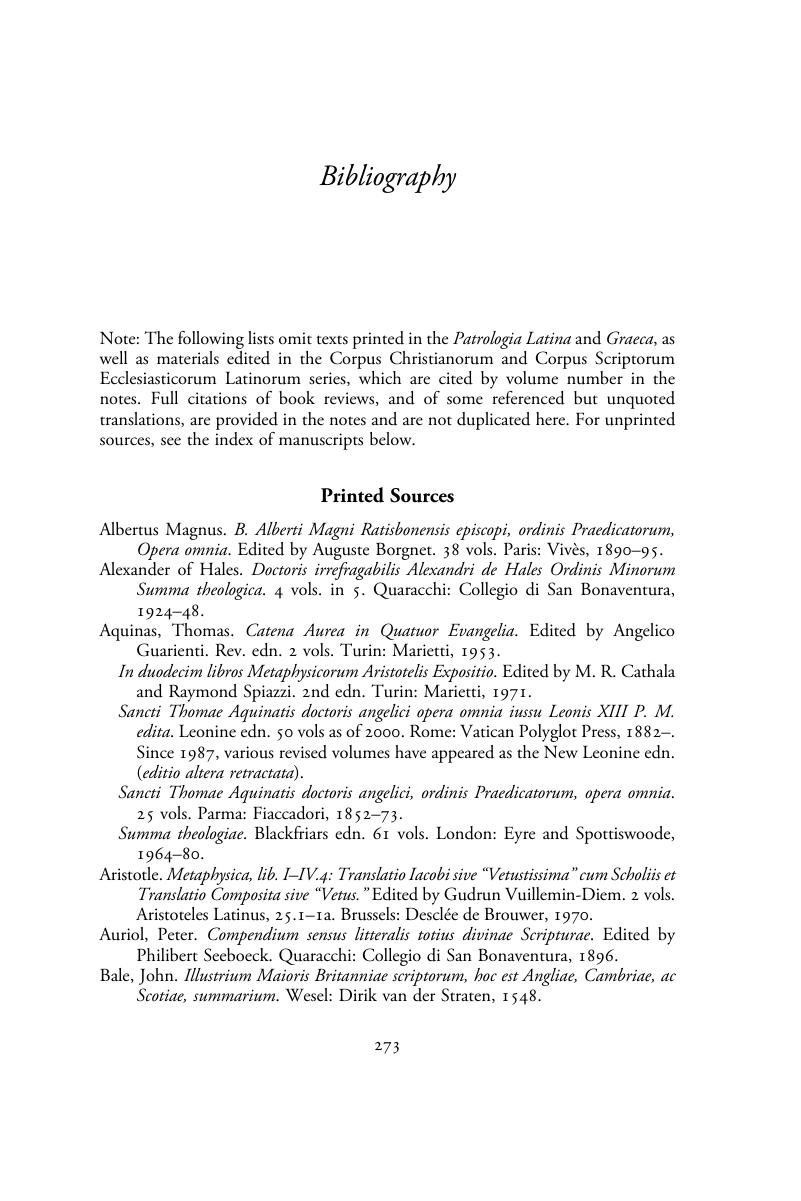Book contents
- Biblical Commentary and Translation in Later Medieval England
- Cambridge Studies in Medieval Literature
- Biblical Commentary and Translation in Later Medieval England
- Copyright page
- Dedication
- Contents
- Figures
- Acknowledgments
- Abbreviations and Conventions
- Introduction
- Chapter 1 Interpretive Theories and Traditions
- Chapter 2 Eclectic Hermeneutics: Biblical Commentary in Wyclif’s Oxford
- Chapter 3 Richard Rolle’s Scholarly Devotion
- Chapter 4 Moral Experiments: Middle English Matthew Commentaries
- Epilogue: John Bale’s Dilemma
- Book part
- Notes
- Bibliography
- Index of Manuscripts
- General Index
- Cambridge Studies in Medieval Literature
- References
Bibliography
Published online by Cambridge University Press: 22 February 2020
- Biblical Commentary and Translation in Later Medieval England
- Cambridge Studies in Medieval Literature
- Biblical Commentary and Translation in Later Medieval England
- Copyright page
- Dedication
- Contents
- Figures
- Acknowledgments
- Abbreviations and Conventions
- Introduction
- Chapter 1 Interpretive Theories and Traditions
- Chapter 2 Eclectic Hermeneutics: Biblical Commentary in Wyclif’s Oxford
- Chapter 3 Richard Rolle’s Scholarly Devotion
- Chapter 4 Moral Experiments: Middle English Matthew Commentaries
- Epilogue: John Bale’s Dilemma
- Book part
- Notes
- Bibliography
- Index of Manuscripts
- General Index
- Cambridge Studies in Medieval Literature
- References
Summary

- Type
- Chapter
- Information
- Biblical Commentary and Translation in Later Medieval EnglandExperiments in Interpretation, pp. 273 - 295Publisher: Cambridge University PressPrint publication year: 2020

